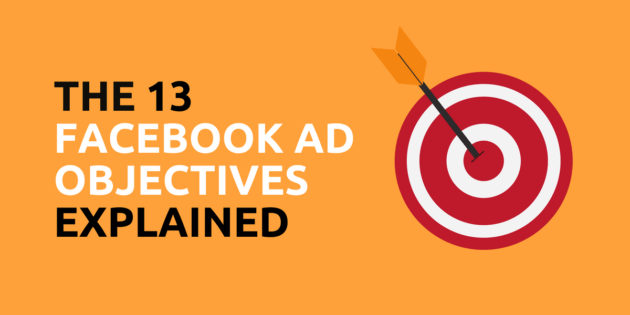
The 13 Facebook Ad Campaign Objectives You Need To Know in 2021
When creating a Facebook ad campaign, it’s really important that you select the most appropriate Facebook ad objective…
Because Facebook will optimise your campaign for that objective.
It’s well documented that Facebook’s targeting algorithms are pretty darn smart.
They can work out who within your target audience is most likely to take your desired action… and that’s a big deal.
If you tell Facebook you want video views, they’ll put your ad in front of people that are most likely to watch your video.
Tell them you want leads and they’ll do likewise.
Selecting an ad campaign objective is how you ‘tell’ Facebook what you want.
Below I have explained what you’re asking for with each Facebook ad campaign objective, and when to use it.
A Word of Warning…
Facebook seem intent on changing their ad campaign objectives every couple of months.
They started with just 1: Page Likes.
Now they have 13, although there was nearly 20 at one point…
The names and order of the options below are bound to change again at some point, but the reasons behind why you want to use each one will not.
Right now, there are 3 categories:
- Awareness
- Consideration
- Conversion
Let’s start with Awareness…
Awareness
#1 Brand Awareness
The Brand Awareness campaign objective will put your ad in front of people that are most likely to recall it.
Facebook have calculated that the longer people spend with an ad, the more likely they are to remember it.
Application: This campaign objective is fantastic for staying top of mind with your prospects. I often recommend that businesses dedicate around 10% of their ad budget to brand awareness campaigns that promote high quality content.
#2 Reach
A campaign with the Reach objective is designed to get your ad in front of as many people as possible, within your ad budget.
Application: When you select most campaign objectives, Facebook will show your ad to the same people multiple times. With the reach campaign objective, you can avoid that and get as many different eyeballs as possible on your stuff.
Consideration
#3 Traffic
I often get asked how much does Facebook advertising cost and how much does it cost per click? These are really hard questions to answer because there are so many variables but this campaign objective will help you achieve your lowest possible cost per click.
Application: The traffic objective will get you as many link clicks as possible, so it’s great for sending traffic to your website. I use this campaign objective a lot when promoting blog posts.
If you’re looking to generate leads or sales via your website then you’re better off using the conversions objective – unless you are going to generate less than 50 conversions per week – in which case use the traffic objective.
#4 Post Engagement
The Post Engagement campaign objective is perfect for generating likes, comments and shares.
Application: Likes, comments and shares give an ad social proof, which can significantly improve results. Your target audience will pay more attention to an ad with a couple hundred comments and shares than one without. This is particularly important if you’re offering a high value product or service.
This is also a great campaign objective to use when you’re advertising to warm audiences. I often run campaigns to warm audiences to build social proof first and then put the ads in front of cold audiences.
#5 Page Likes
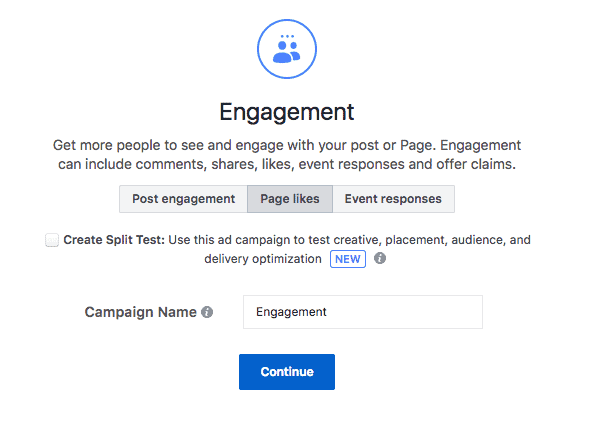
The Page Likes campaign objective does exactly what it says on the tin… it gets you as many page likes as possible.
Application: This is pretty self-explanatory J. But I will say that whilst everyone enjoys having lots of page likes…they aren’t all they’re cracked up to be. The vast majority of your page likes will not see your organic posts. Facebook now have too many advertisers to put your posts in front of people for free.
#6 Event Responses
The Event Responses campaign objective will drive people to events that you create on Facebook.
Application: Most Facebook advertising aren’t creating events on Facebook as much as they used to, but if it’s part of your strategy then give this campaign objective a go.
#7 App Installs
The App Installs campaign objective sends people directly to the relevant download location.
Application: This is another self-explanatory one. Use this campaign objective if you want to generate as many app installs as possible within your ad budget. Running an app installs campaign during the first few days after it launches can really help boost your app up the rankings.
Bonus Tip: Lookalikes audiences based on current app users is a fantastic targeting option for app install campaigns.
#8 Video Views
I’m a big fan of advertising video content on Facebook and video views is one of my favourite campaign objectives.
Application: It’s best to use this campaign objective when you’re promoting top of funnel video content without a specific call to action. If you want people to watch your video and directly purchase or become a lead then you’re better off using the conversions objective.
#9 Lead Generation
Lead Generation ads are designed to collect information – name, email address, phone number, etc. from your prospects so that you can follow up with them.
They’re a bit more complicated than other ad types. When clicked on, they do not direct people to your website, instead your prospects will be presented with a contact form inside Facebook.
Application: Lead generation ads can be great for service-based businesses. Facebook will often prefill the text fields in your contact form with your prospects’ information, which makes it very quick and easy for people to become a lead. Just be aware that you’ll need to follow up with your prospects quite quickly otherwise they may forget they sent you their details.
NOTE: Facebook lead ads are much more effective when used as part of a comprehensive Facebook Advertising sales funnel.
If you want to know how to create a Facebook Advertising sales funnel and use the right strategy for YOUR products and services, you should check out my FREE training: 3 Killer Facebook Advertising Strategies To Double (or More!) Your Revenue)
#10 Messages
The Messages campaign objective is quickly becoming one of my favourite. It’s designed to start conversations between you and your prospects via Facebook Messenger.
It very much reflects how people want to be marketed to and I predict more businesses will start using this campaign objective soon.
Application: There are currently two different ways to use this objective. The first uses Messenger as an ad placement (I’m not a big fan). The second starts a conversation via Facebook Messenger when your prospects click on your ads (I am a big fan).
Starting a conversation via Messenger makes a lot of sense for service-based businesses or for ads that are promoting high value items. If your prospects need to make a significant financial commitment when they buy your stuff, they’re going to want questions answered first – Facebook Messenger is a great place to do that.
Conversion
#11 Conversions
This is the big one! There are many Facebook advertisers that should be using the conversions objective but aren’t. The majority of the campaigns I run for my clients are conversion campaigns, because at the end of the day, that’s what most of us are looking for.
Conversions is a collective that describes a few options: Leads, Adds to Cart, View Content, Purchases, etc. What a conversion is to you, depends on your business but most people want leads and sales (purchases).
Application: To use the conversions campaign objective, you will need to have the Facebook Pixel installed on your website. And you will need to install the relevant event code (leads, purchases, etc.) as well.
This barrier to entry puts a lot of people off, but it’s well worth doing. If you’re running a campaign that is designed to directly generate leads and sales, this is the campaign objective you should be using.
Note: Facebook can only properly optimise for a conversions objective if you’re generating at least 50 conversions per week. If you’re not generating that many you should use another objective, such as traffic.
If you’re looking for more information on how to convert with Facebook, check out this Facebook advertising tips article.
Tip: Your conversion rate is highly dependent on your landing page and your sales funnel. I strongly recommend that Facebook advertisers use an online tool like ClickFunnels (aff. link) to help them get better results.
#12 Catalog Sales
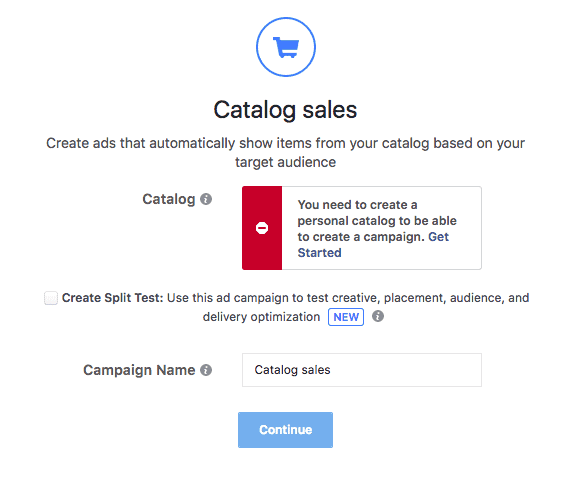
Catalogs contain information for all the products you want to advertise on Facebook. This objective is primarily designed to help you dynamically serve targeted ads to people who have already shown an interest in your products.
In other words, if someone has taken a look at a specific product of yours without purchasing, you can retarget them and advertise that particular product to them on Facebook.
Application: You can connect an existing Catalog with another platform, such as Shopify, to Facebook. This will make advertising your products on Facebook a lot easier. Being able to dynamically retarget is awesome and something ecommerce businesses should take advantage of.
#13 Store Visits
The Store Visits campaign objective is designed to bridge the gap between online and offline marketing. Facebook have recognised that a lot of in store sales start with an online interaction and this is their answer.
Application: If you want to drive people to your store, then this is the campaign objective to use. This objective is particularly useful if you have multiple locations as you can dynamically advertise so that campaigns are locally relevant to each store.
All 13 Campaign Objectives:
Awareness
#1 – Brand Awareness
#2 – Reach
Consideration
#3 – Traffic
#4 – Post Engagement
#5 – Page Likes
#6 – Event Responses
#7 – App Installs
#8 – Video Views
#9 – Lead Generation
#10 – Messages
Conversion
#11 – Conversions
#12 – Catalog Sales
#13 – Store Visits
[feature_box style=”10″ only_advanced=”There%20are%20no%20title%20options%20for%20the%20choosen%20style” alignment=”center”]
IMPORTANT: Want better results from Facebook Ads? I’d strongly recommend you check it out this FREE training right now:
3 Killer Facebook Ads Strategies To Double (Or More!) Your Revenue!
In it, I demonstrate exactly how I consistently achieve 7+ figure campaigns for our clients.
[/feature_box]
My Favourites
I shouldn’t really have favourites because there are scenarios where each campaign objective is the most appropriate.
But some scenarios come up more often than others…
And when something has worked well for you, it’s hard to move away from it.
I would say that 95%+ of the campaigns I create use following objectives:
Conversions, Traffic, Post Engagement, Brand Awareness, Messages.
Messages has just snuck onto this list. I haven’t used it as much as the others in the past but I think this is going to be one of my staples going forward.
I’d love to know which Facebook ad campaign objectives you’ve used and had the most success with? Let me know in the comments section below.



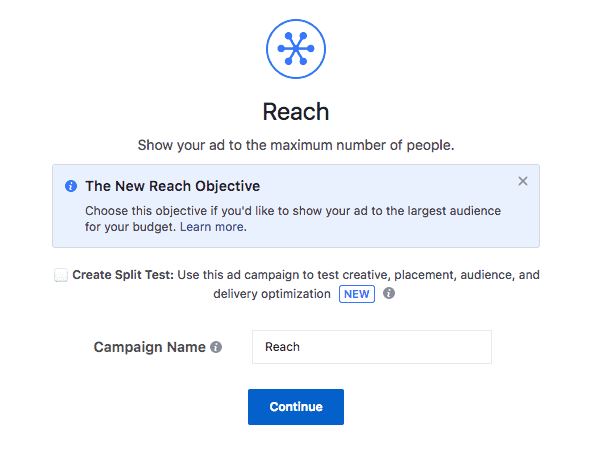
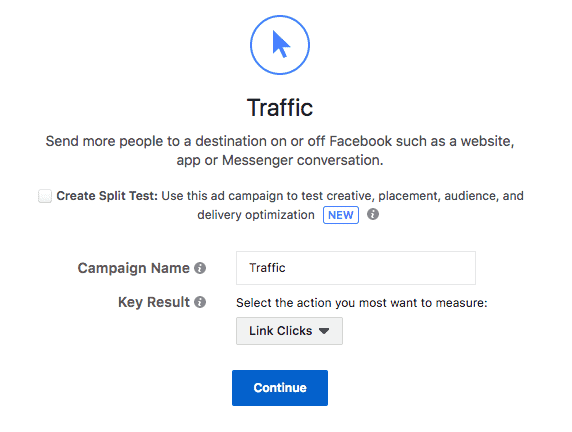
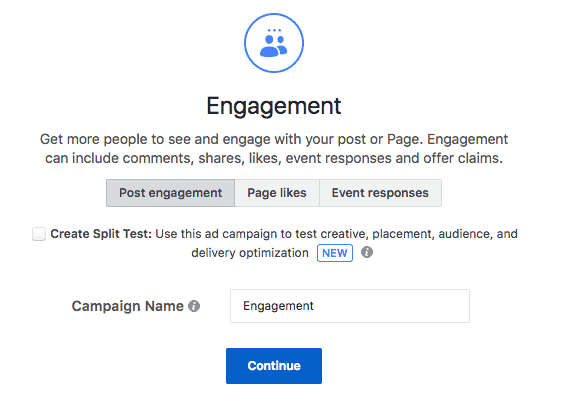
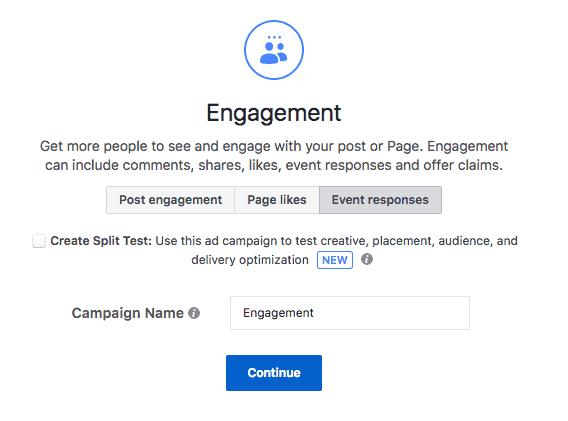
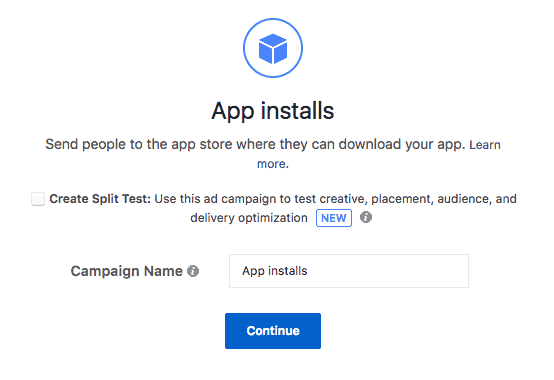
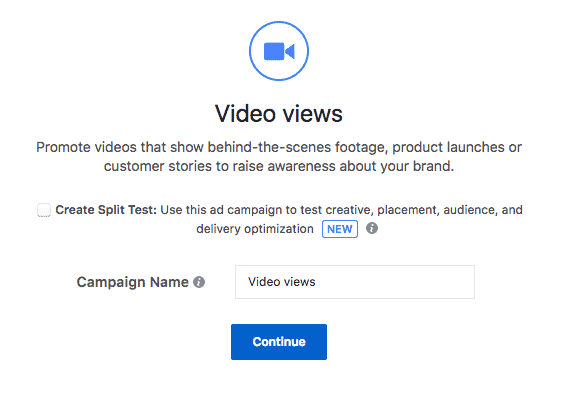
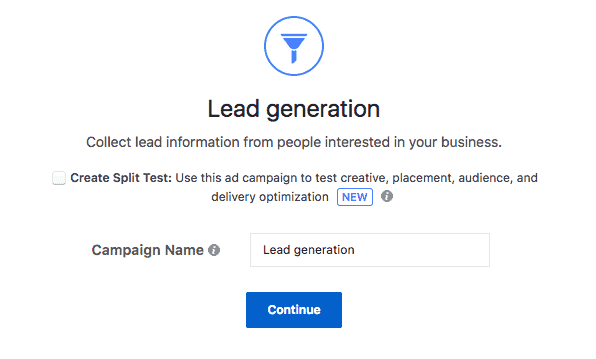
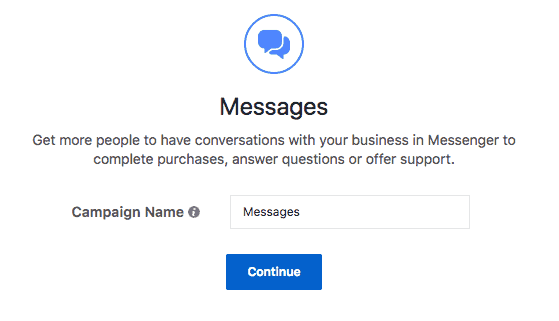
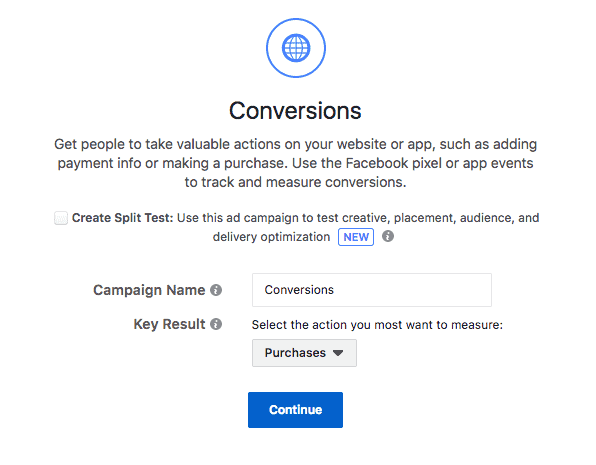
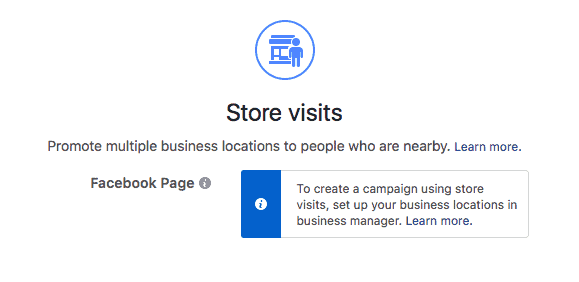
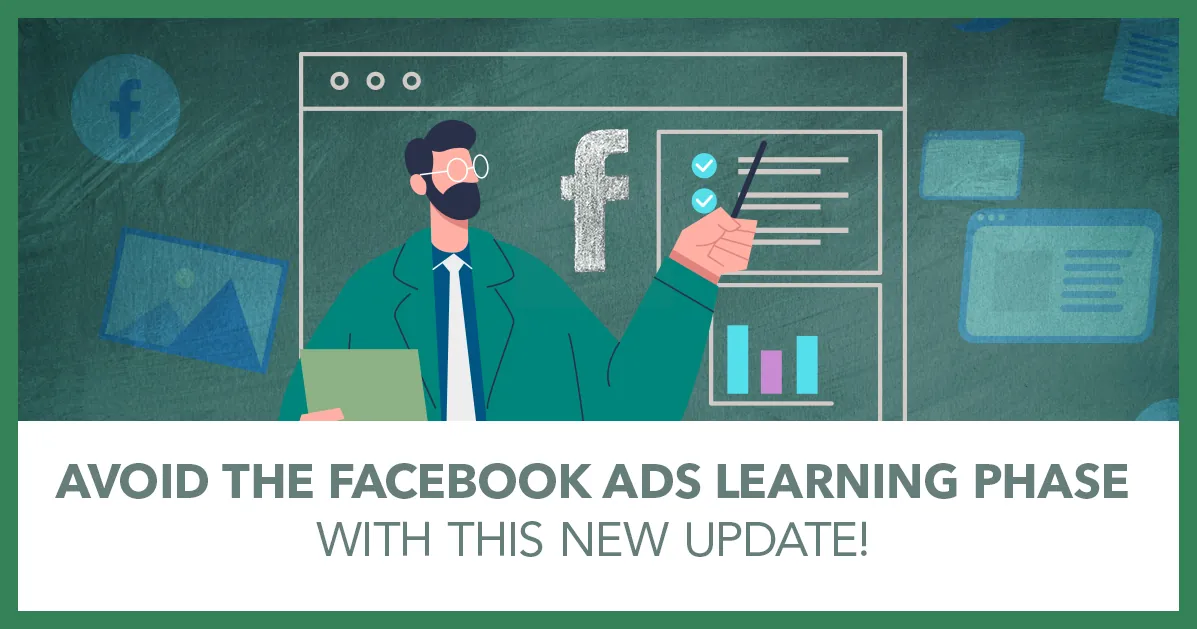
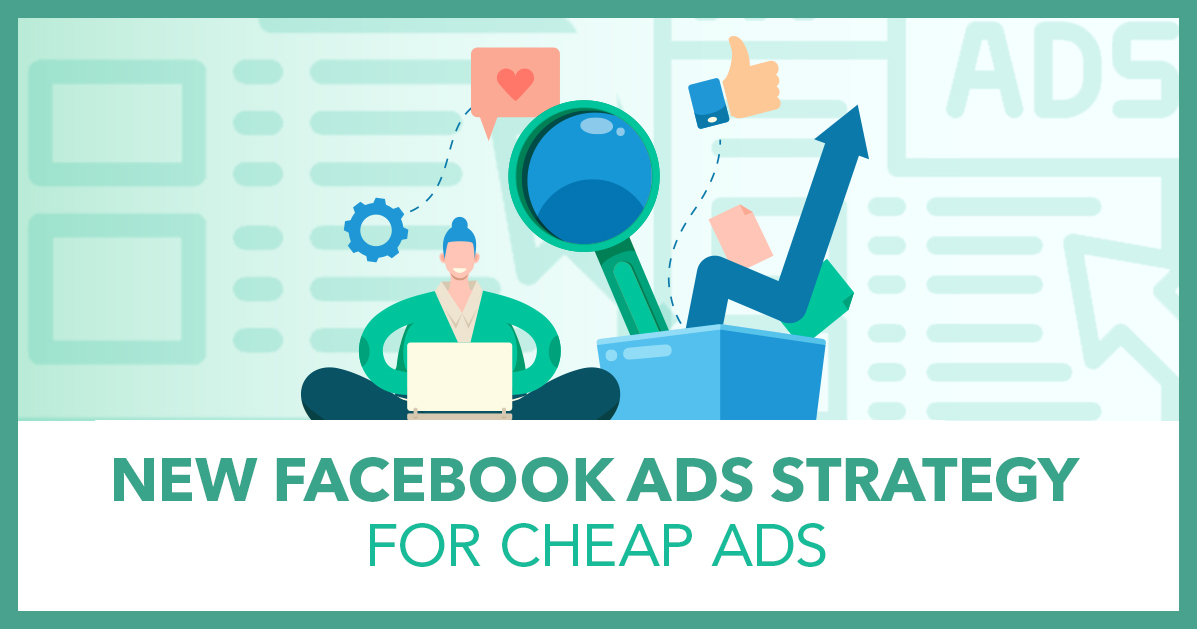
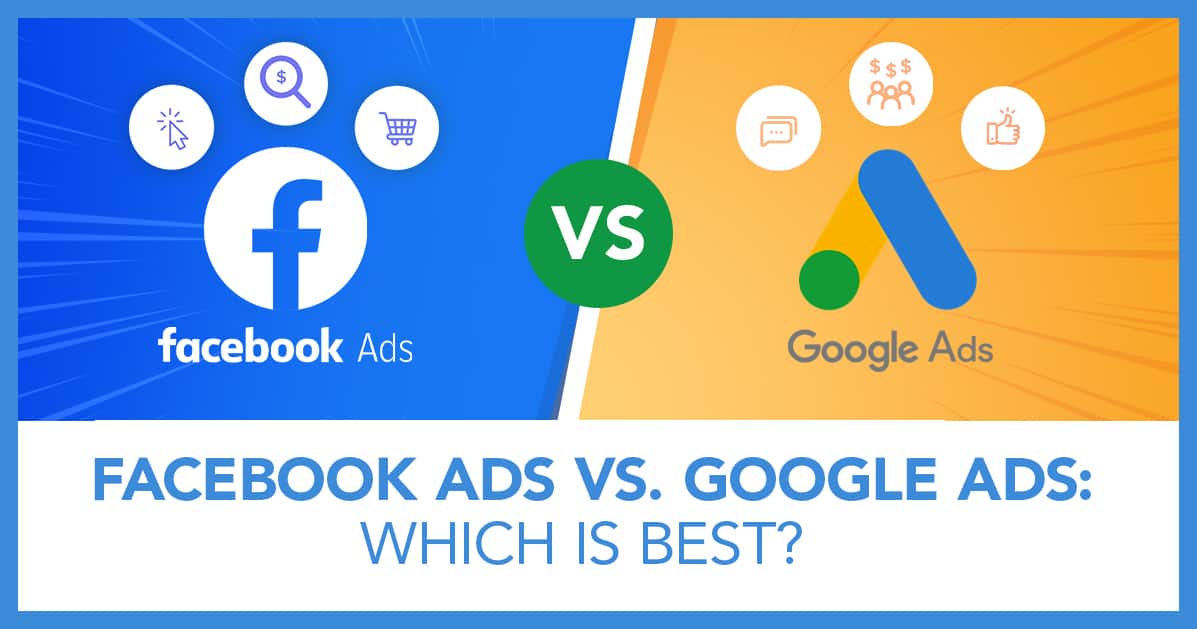
Dean
Nice piece thanks Ben 😉
Ben Heath
Thanks a lot Dean
Helena
Thanks a lot for the great FB ad navigation summary, Ben!
Ben Heath
Thanks Helena.
Lawrence
Hi Ben,
Just read your excellent posts. Have a few questions to clarify.
I have just started using FB ads for the 1st time and have initiated a conversion campaign.Its been running for 3 days without any conversion. It’s undergoing the “learning” phase. This exercise will end on the 4th day probably not meeting anywhere near the 50 conversion numbers.
My questions:
a) Do I pause the campaign after 4 days and switch to a traffic campaign and let it run for 4 days?
b) Will the traffic campaign also undergo a “learning phase” ?
c) At the end of the traffic campaign and I achieve the 50 events, what would be the next recommended campaign? I assume that for most people, it would be the conversion campaign. If this assumption is correct and I setup a new conversion campaign, would it restart the “learning” phase ? If not, how would FB treat this new conversion campaign?
Thanks so much for taking time to look into this.
Regards
Lawrence
Ben Heath
Hi Lawrence, thanks a lot and good question. What exactly are you advertising? And what is your conversion campaign optimizing for? Leads, purchases, etc.